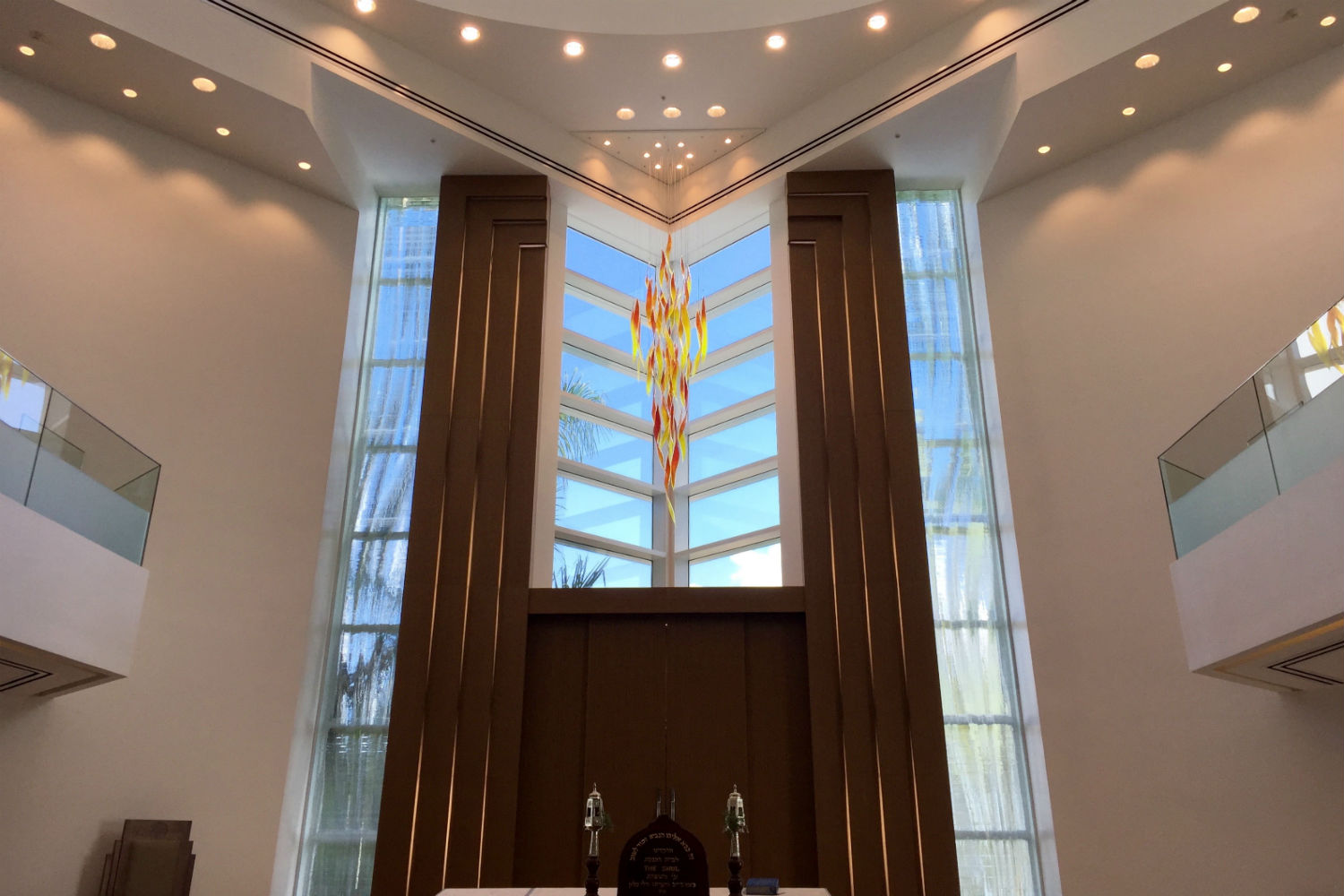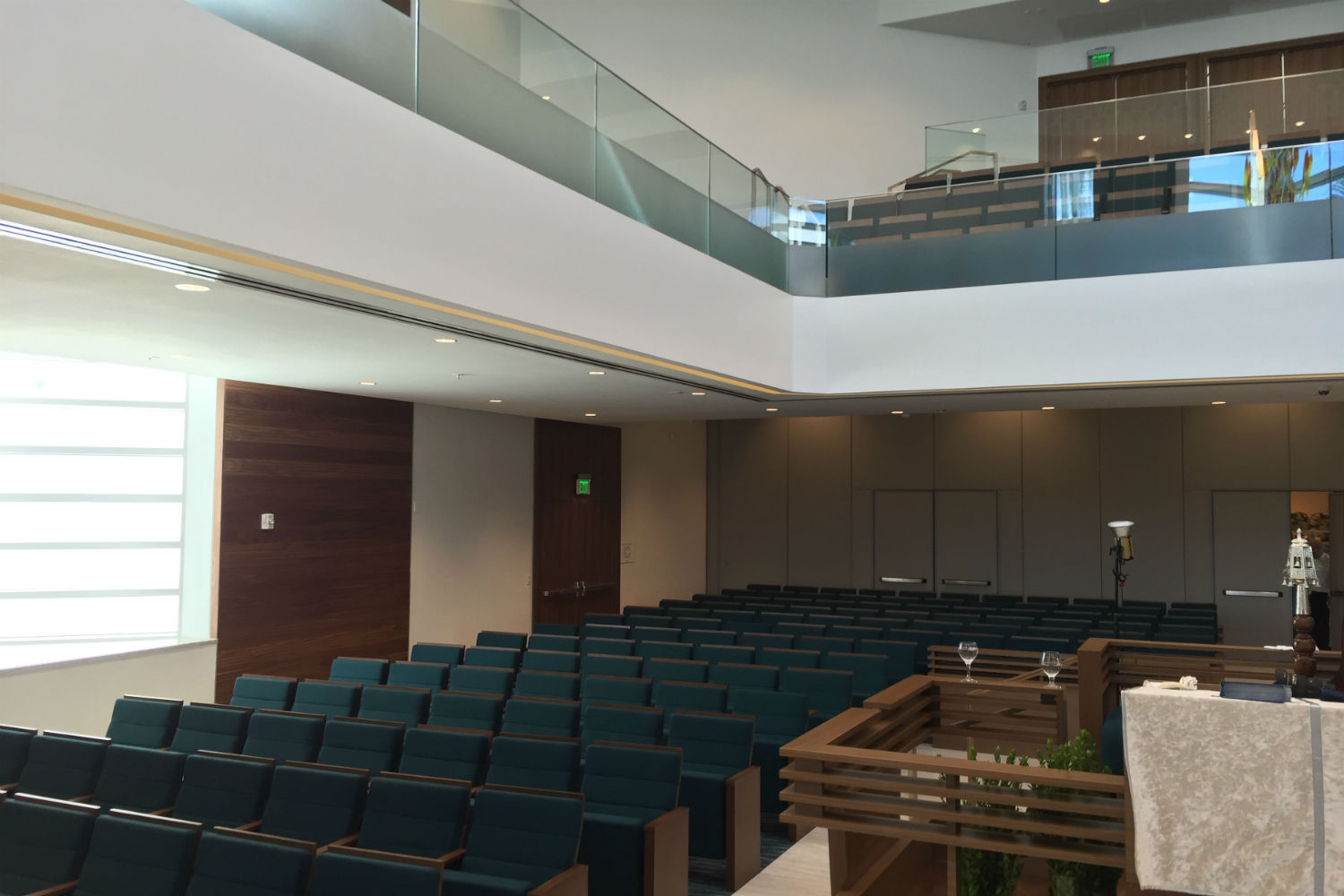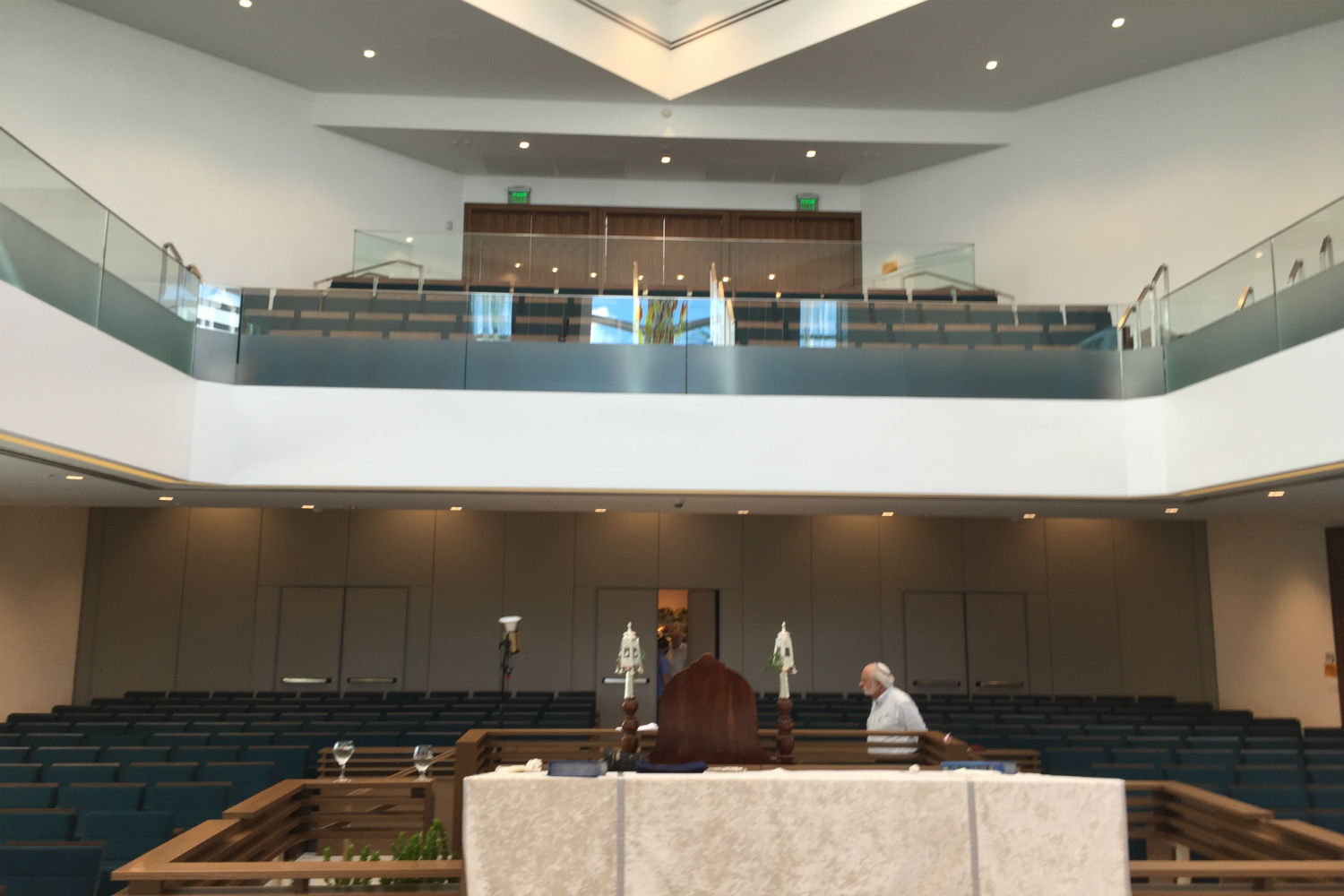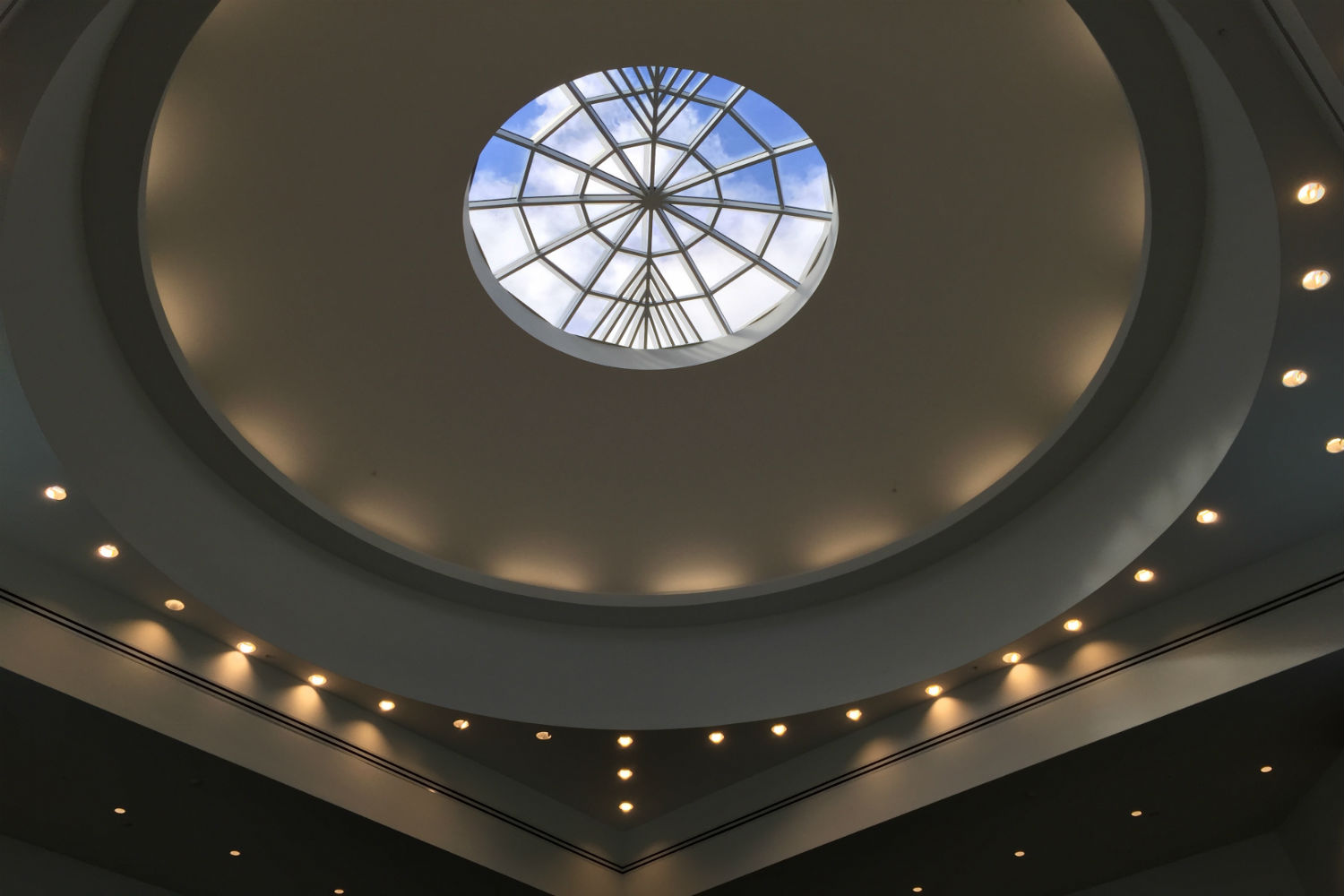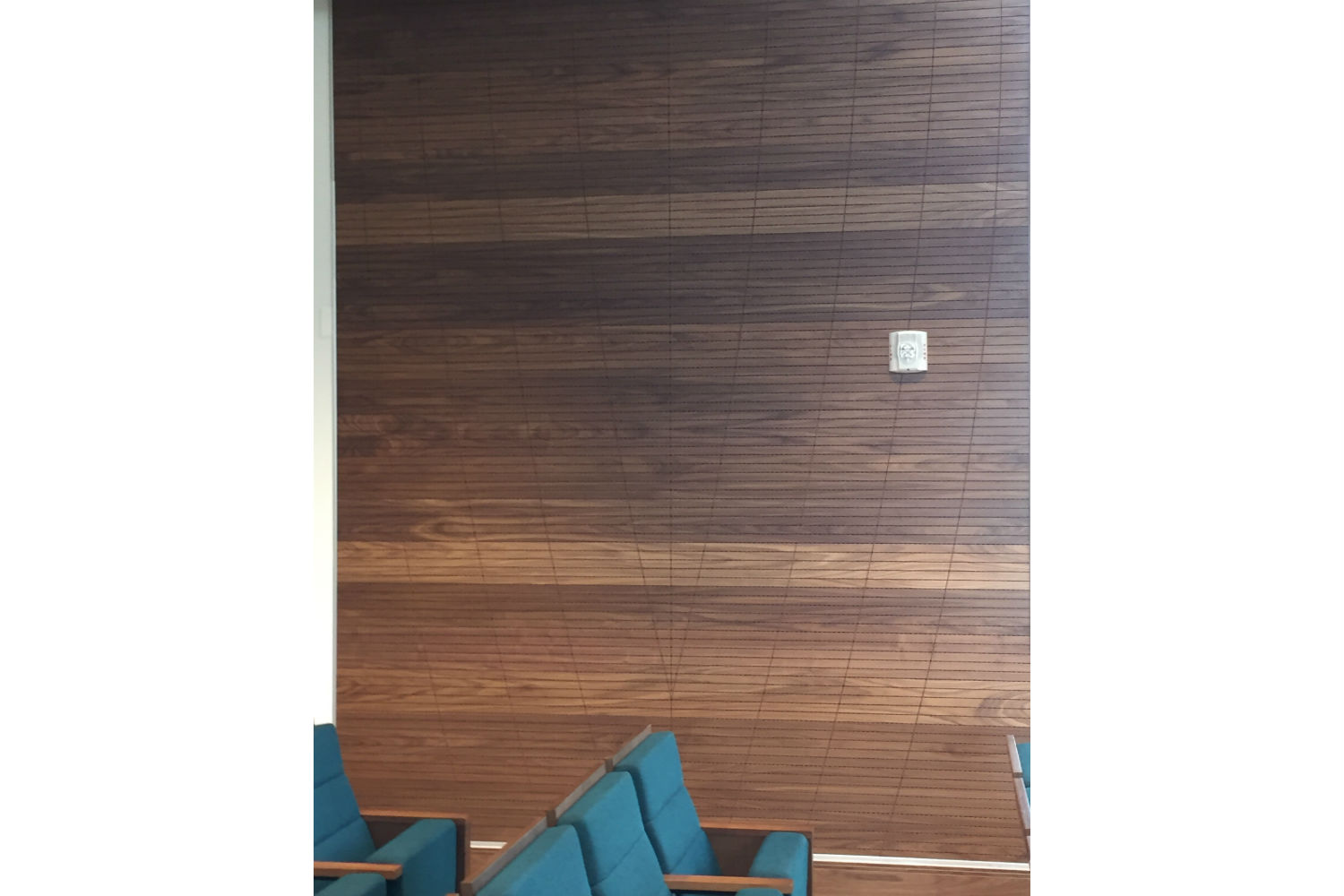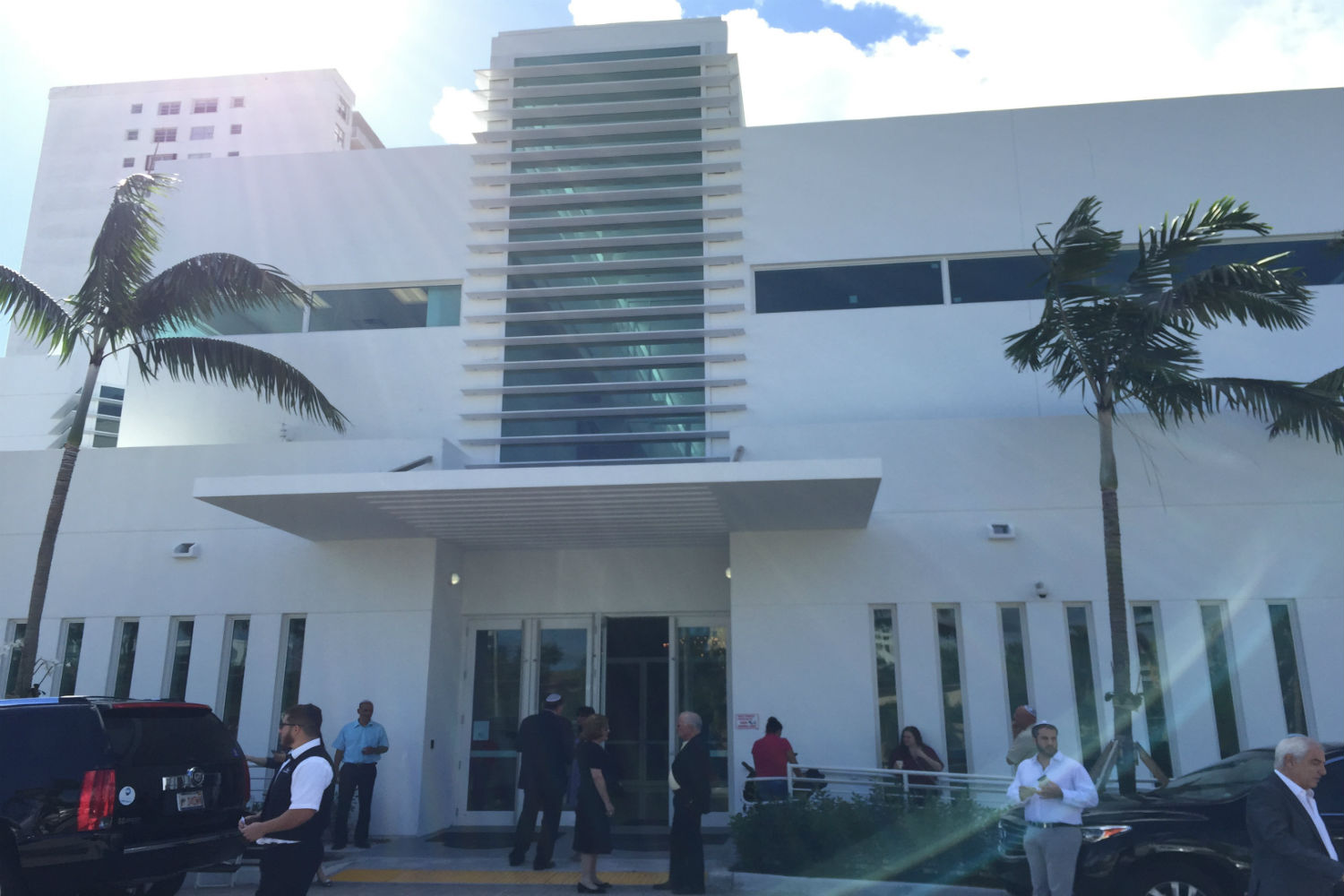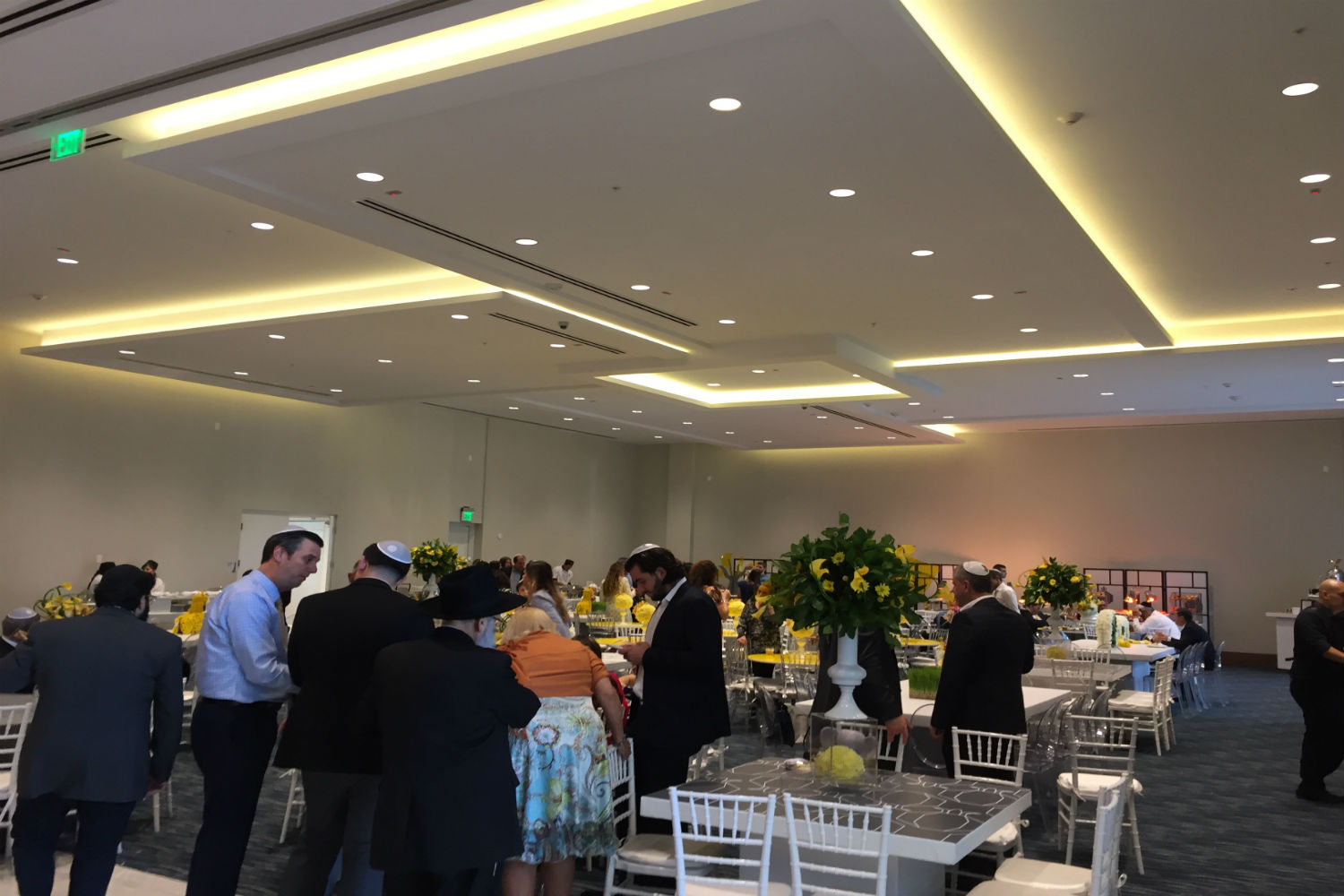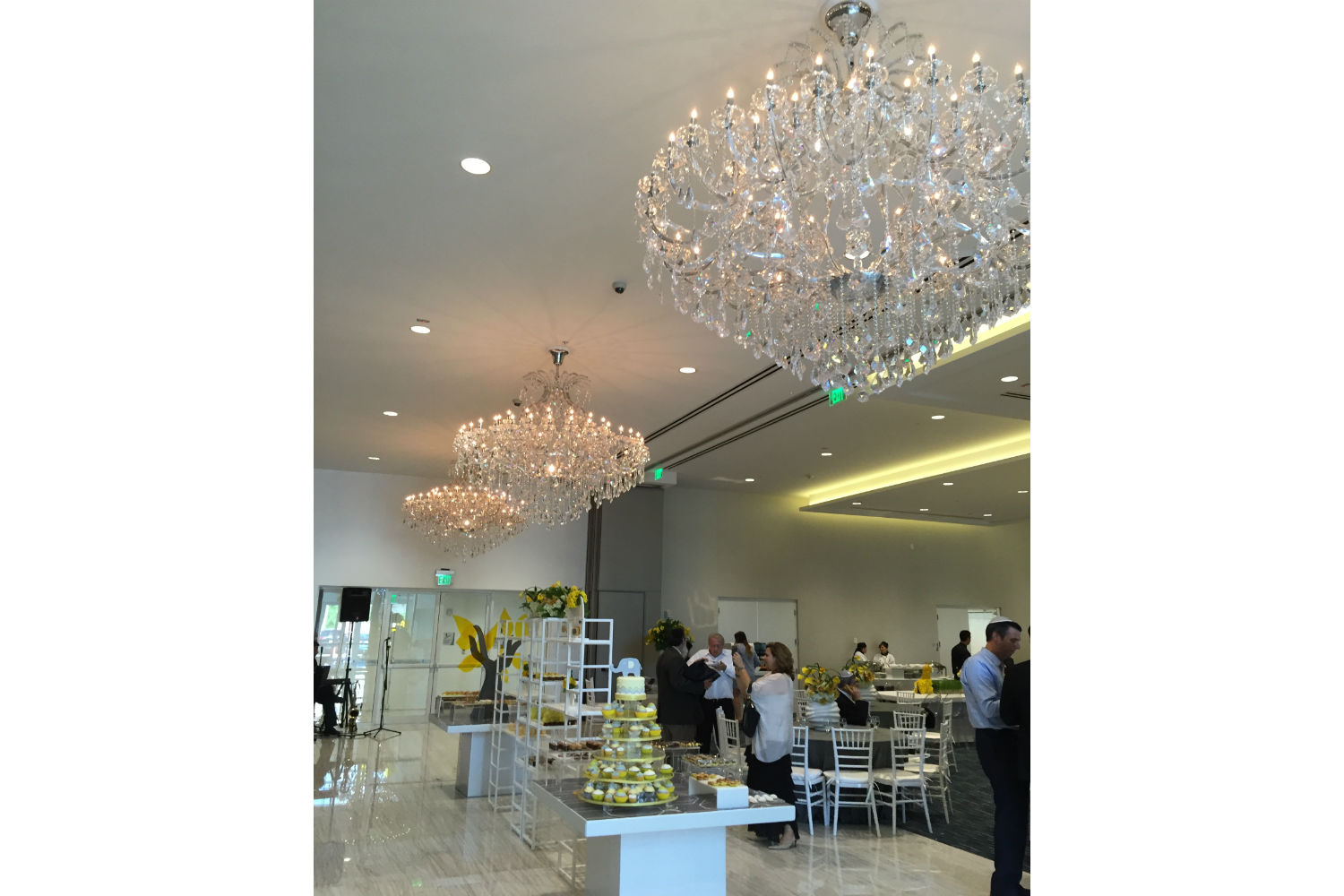Project Description
Overview
When the Lubavitch Aventura South Synagogue decided to build a new shul to accommodate their growing congregation, Rabbi Mendel Rosenfeld and the leaders of the executive committee led by successful realtor, Morris J. Kaplan, reached out to local Miami architect Shapiro Associates for an appropriate design. Extensive knowledge of the technological restrictions for constructing modern temples in accordance with ancient traditions inspired Mr. Schapiro to engage WSDG to address the related technical challenges.
Program
“Orthodox Jewish congregations may not employ any form of electronic sound reinforcement or amplification technology,” explains WSDG partner Sergio Molho. “There can be no microphone, no speakers, no amplifiers installed within the temple. Moreover, because the congregation is divided into two sections, men on the ground floor, women in the balcony, the issues of overall quietness; achieving a high degree of speech intelligibility and insuring effective sound isolation from exterior street/traffic noises were primary concerns.”
Design
Because WSDG was retained at the project’s pre-construction stage, inherent acoustic challenges were addressed by sophisticated proprietary 3D modeling programs. Guided by their findings, WSDG acousticians developed a detailed interior construction plan to eliminate pre-determined sound reflection issues and enhance speech intelligibility throughout the temple. This goal was achieved by precisely configuring the geometrical balance of walls, ceiling height and related ‘fixed’ construction elements to compensate for the potential reflective sound problems suggested by the modeling programs’ interior space simulations. Additional temple acoustic issues were resolved with the aid of “invisible” construction elements. These included handsome, micro-perforated wooden diffusers, absorptive plaster construction elements comprised of porous Jerusalem Stone as an acceptable (and attractive) interior building resource.

